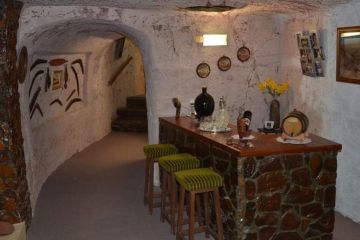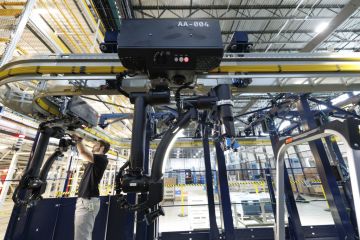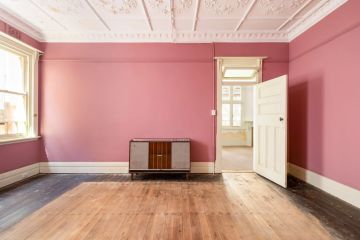A plea to furniture designers: Why can't make you make a comfortable chair?

There’s a few of us blokes – Mick, Jim, Toby and me – who meet up at our local Tempe cafe for a coffee and chat at 6am every morning. And every morning there’s the same argument about who gets the red chair.
At first glance, there’s nothing particularly special about the red chair. It’s plastic, it’s red and it’s unmistakably chair-shaped. And it probably cost the cafe owners $12. Or they may even have found it dumped on a roadside verge.
But what is special about the humble red chair is that it’s actually pretty comfortable to sit on. Unlike the rest of the cafe chairs, which are former torture devices. Seriously, every other chair in the cafe is an arse-about exercise in function follows form.
There are the cafe’s rusting-metal-hipster chairs that come with a free tetanus injection. And the low-backed wooden school-chairs that catch you across the kidneys. There’s even an old 1940s club sofa chair that you sink down into and is nigh impossible to haul yourself out of. Toby was missing in it for three days before someone spotted his tweed flat-cap and dragged him out.
And this is why the red chair is in such demand and we are prepared to fight over it tooth and nail. Just last week I saw Mick and Jim doing a Packer-Gyngell wrestle on the footpath. It was an unsightly, writhing mess of sweaty man-flesh and spilt espresso, until Jim tapped out and Mick claimed the red chair for the rest of the morning.
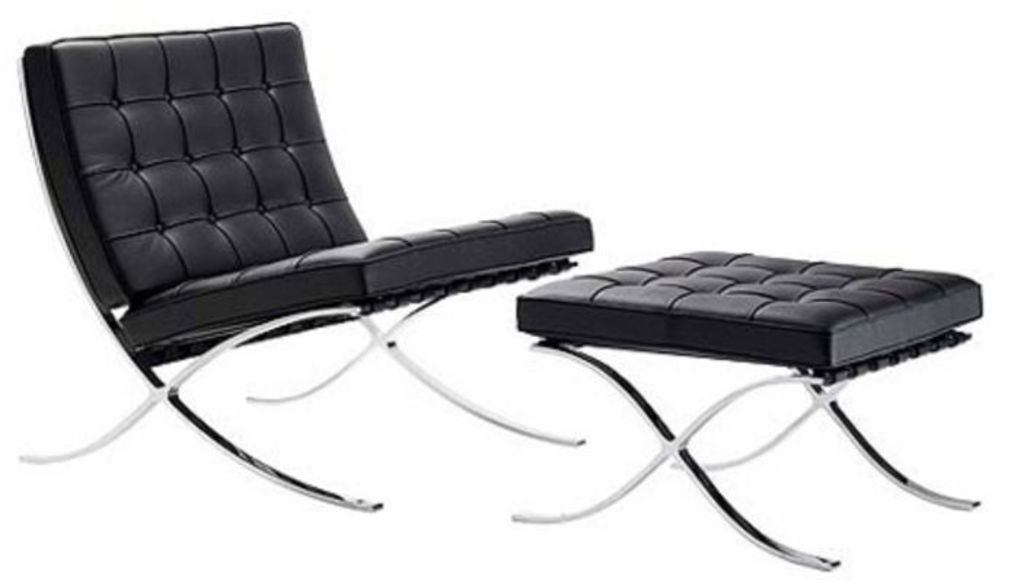
Which raises the real question: Why can’t all chairs be like the red chair? Is it because they are designed by industrial designers; fragile individuals who are trying desperately to stand out in a world of other industrial designers and their chairs?
How else can you explain the hellishly uncomfortable Barcelona Chair by Mies van der Rohe? You’ll find cheap and nasty copies in waiting rooms across the nation. Notice that nobody is ever actually sitting in them? What kind of creature was Mies thinking of when he turned this wretched thing out? It certainly wasn’t human.
- Related: Is this the country’s most beautiful house?
- Related: Six items that are always worth splurging on
- Related: The brick has been reinvented to rotate
Ditto, those vulgar plastic S-shaped Panton dining chairs that are just unbearable to sit in, unless you happen to be a Burmese cobra, or have a bad case of scoliosis. Or the Diamond Chair by Bertoia, which is made from welded steel rods and leaves a criss-cross pattern on your arse.
And if I walk into someone’s home for a meal and spot a set of any dining seating created by weird Frenchman Philippe Starck, I just tell the host I’m a strict gluten-free-paleo-vegan, apologise and leave.
Thankfully, there are exceptions. My own dining chairs are the Series 7, designed by Arne Jacobsen way back in 1955. They are very comfortable, with their curved plywood backs offering just the right amount of flex, so you can spend a whole dinner party seated in them without aching.
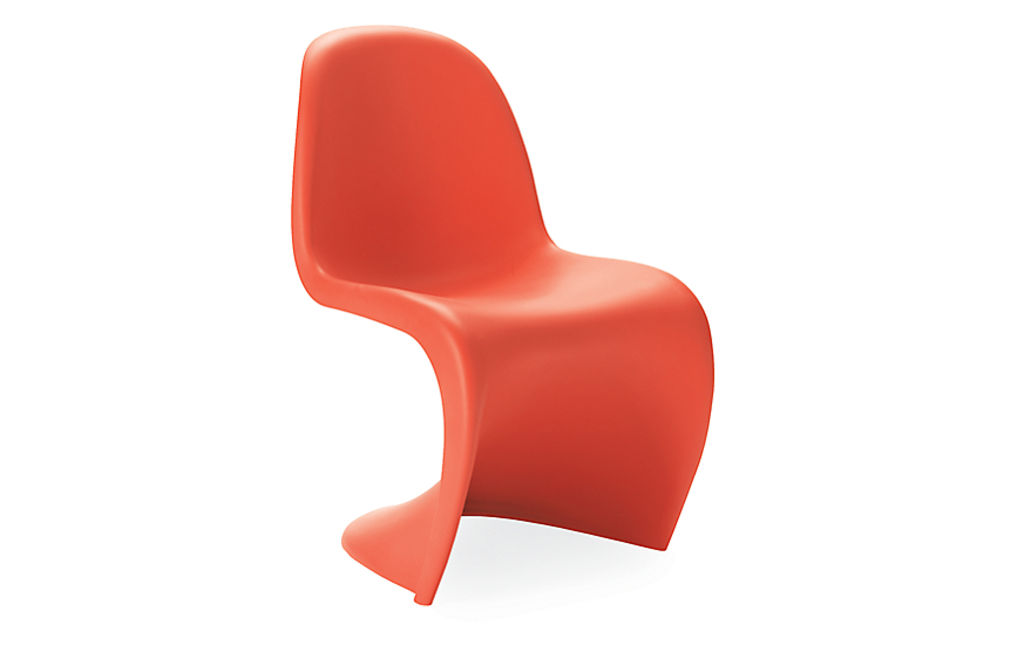
And I have a really comfy reading chair – the Seymour – designed by local designer Charles Wilson for King Living.
But these, along with the red chair, are very rare examples.
Which leads me to stools. Why would anyone want to sit on a stool? Stools are something you perch on, and the only things that should perch are pigeons.
When my local cafe is busy, I’m often invited to sit at a stool and wait for a table. No thanks.
I’m going to fight Mick for the red chair.
We recommend
We thought you might like
States
Capital Cities
Capital Cities - Rentals
Popular Areas
Allhomes
More
